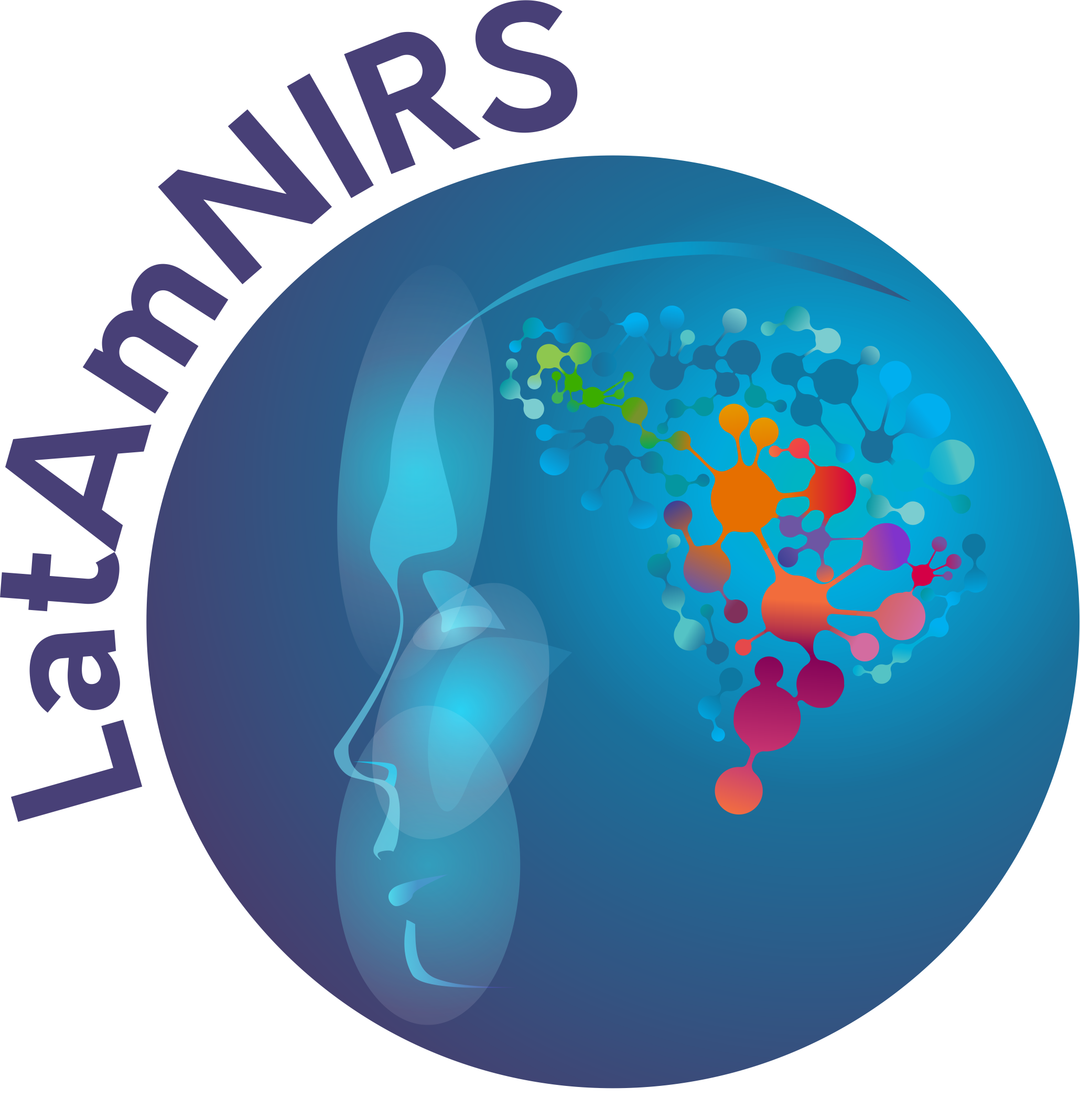Contrast-to-noise ratio (CNR)
Definition: The contrast-to-noise ratio (CNR) is the detection sensitivity per sampling unit. In the context of fNIRS, this can refer to the ratio of the amplitude variation I of a hemodynamic response to the level of noise in the data, i.e. CNR=I/ or in the context of general image data analysis, it can refer to the average signal/intensity recovered in a selected region-of-interest (ROI) subtracting that of the background region, and divided by the spatial variations of the recovered image data in either the background or ROI.
Alternative definition:
Synonym:
References: https://doi.org/10.1117/1.NPh.8.1.012101https://doi.org/10.1117/1.1852553
Wang, L. V., & Wu, H.-I. (2007). Biomedical Optics: Principles and Imaging. John Wiley & Sons
Patterson MS and Foster FS, “The improvement and quantitative assessment of b-mode images produced by an annular array/cone hybrid,” Ultrasonic Imaging, vol. 5, no. 3, pp. 195–213, 1983.
Davies, E. R. (2004). Machine vision: theory, algorithms, practicalities. Elsevier.
Digital Image Processing (3rd Edition)February 2006. Gonzalez and Woods. Prentice-Hall
Related terms: signal-to-noise ratio, noise
